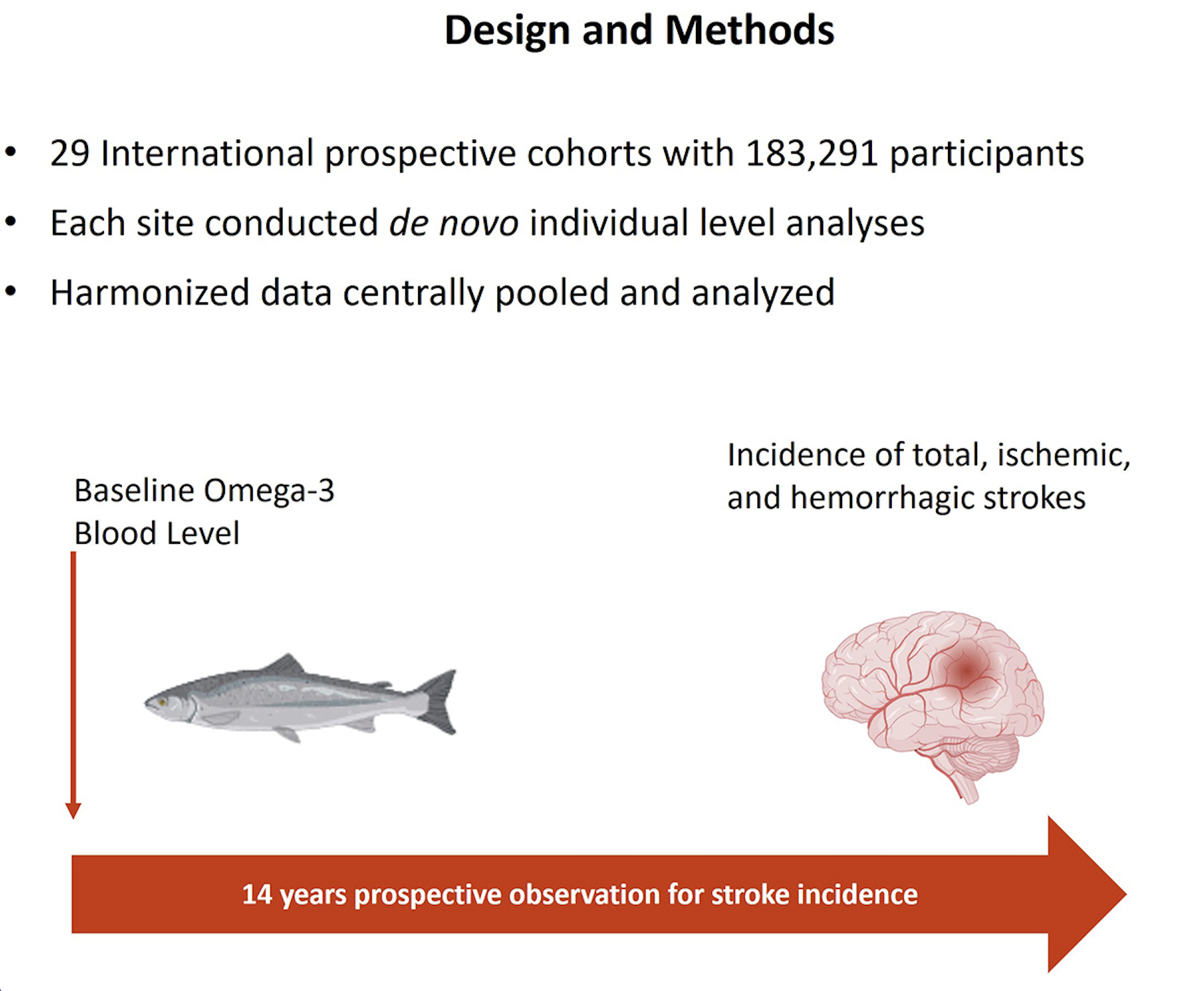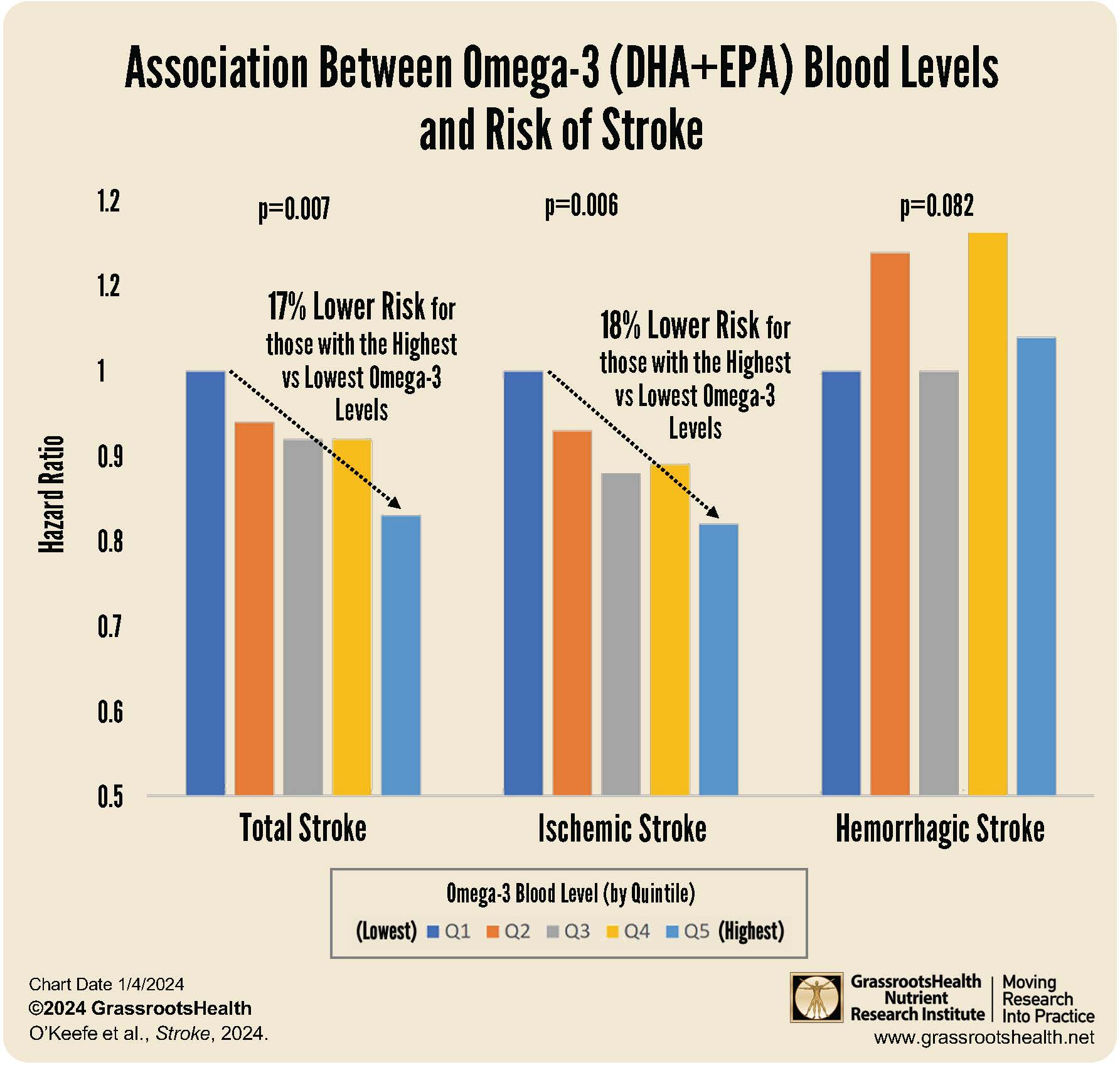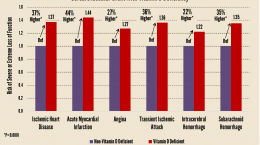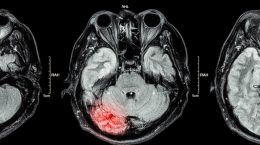Published on January 5, 2024
A new study used data from 29 cohorts in 15 different countries to find that those with the highest levels of DHA, EPA, or both had the lowest risk of total and ischemic stroke
Key Points
- Up to 80% of strokes can be prevented; approximately 87% of all stroke cases are ischemic, and 13% of all stroke cases are hemorrhagic
- A newly published study looked at data from 183,291 total participants from 15 different countries to see if there was a connection between omega-3 blood levels and incident stroke (total, ischemic, hemorrhagic)
- Overall, there was a significant inverse association between total stroke and levels of DHA, EPA, and DHA+EPA, with the lowest risk among those with the highest levels; similar trends were seen for ischemic stroke, but not hemorrhagic stroke
 According to the American Stroke Association, up to 80% of strokes can be prevented.
According to the American Stroke Association, up to 80% of strokes can be prevented.
There are two main types of stroke: ischemic and hemorrhagic. Ischemic strokes occur when there is a blockage preventing blood and oxygen from getting to the brain. A hemorrhagic stroke is defined as bleeding into the brain when a weakened blood vessel ruptures. Approximately 87% of all stroke cases are ischemic, and 13% of all stroke cases are hemorrhagic.
New Study Shows Link Between Omega-3 Blood Levels and Stroke Risk
A new study by O’Keefe et al. looked at data comparing omega-3 levels and incident stroke (total, ischemic, hemorrhagic) from 29 cohorts in 15 different countries; all followed the same pre-specified protocol.

Of the 183,291 total participants, 10,561 experienced a stroke during the study period, of which 8,220 were ischemic strokes and 1,142 were hemorrhagic strokes. The average age at baseline was 65 years, 53% were women, and 82% were Caucasian. The median time of follow up was 14.3 years.
The amount of omega-3 fatty acids was measured in the blood and tissue among all participants and divided in quintiles. The incidence of stroke was then compared among each quintile grouping.
Overall, there was a significant inverse association between total stroke and levels of DHA, EPA, and DHA+EPA, with the lowest risk among those with the highest levels. Similar trends were seen for ischemic stroke, but not hemorrhagic stroke.
More specifically:
- When comparing participants with the highest levels of EPA to those with the lowest, they found a 17% lower incidence of total stroke and an 18% lower incidence of ischemic stroke (p<0.0001).
- When comparing participants with the highest levels of DHA to those with the lowest, they found a 12% lower incidence of total stroke and a 14% lower incidence of ischemic stroke (p=0.0001).
- The risk of hemorrhagic stroke was not associated with EPA or DHA levels
How Are Your Omega-3 Levels?
The Omega-3 Index measures the amount of EPA and DHA in your blood and tissues. Do you know what your Omega-3 Index is? Check yours along with your vitamin D level today as part of the vitamin D*action project, and add the Ratios for more about how to balance your Omega-3s and 6s!
Measure your:
- Vitamin D
- Magnesium PLUS Elements
- Omega-3 Fatty Acids
- hsCRP (for Inflammation)
- HbA1c (for Blood Sugar)
- and more
Did you know that each of the above can be measured at home using a simple blood spot test? As part of our ongoing research project, you can order your home blood spot test kit to get your levels, followed by education and steps to take to help you reach your optimal target levels. Start by enrolling and ordering your kit to measure each of the above important markers, and make sure you are getting enough of each to support better mood and wellbeing!
Build your custom kit here – be sure to include your Omega-3 Index along with your vitamin D.
Start Here to Measure Your Levels







